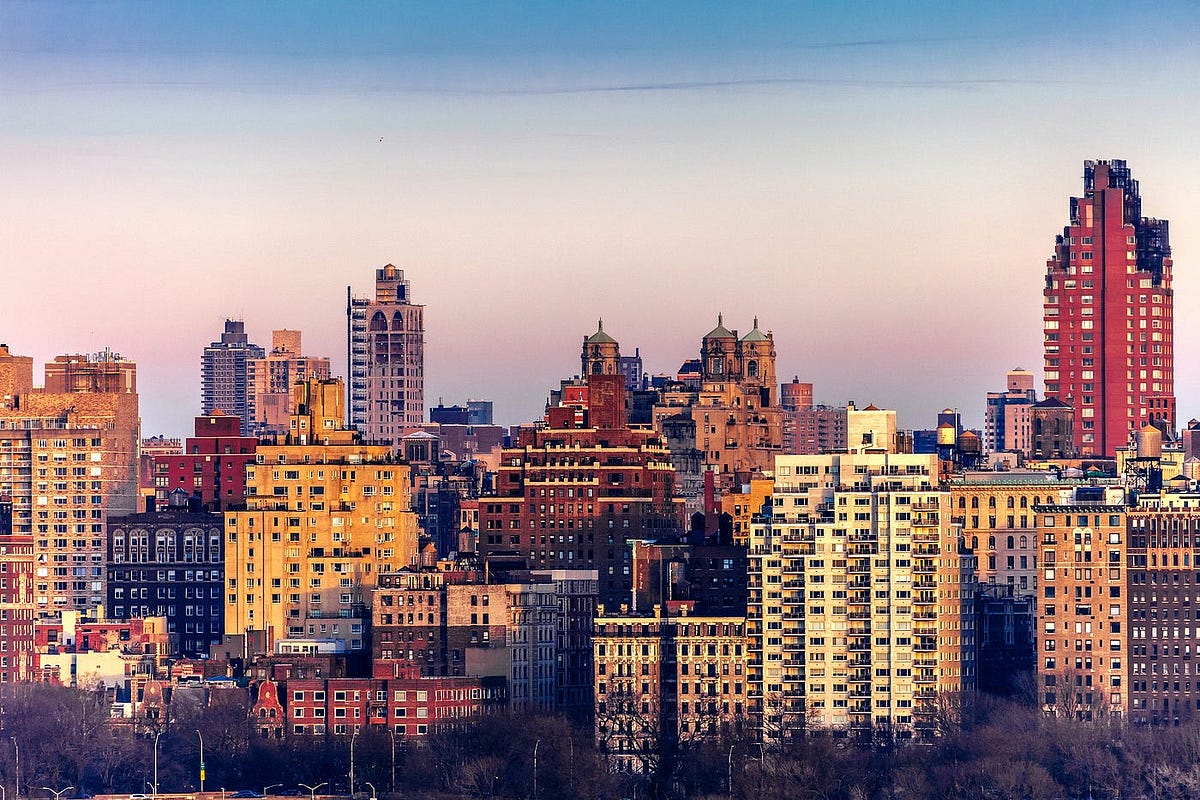
"It had nine doormen, six handymen, five porters, a live-in resident manager and his assistant as well as a roofop-deck overlooking Central Park. It offered amenities like a gym, mail chute, vending machines, kids' playground, lending library, drycleaners with tailor, two bike rooms, and washers and dryers on every floor. You could possibly never leave the building and have quite a nice life. Was I worthy?"
"Since I never lived in a building with doormen, my biggest adjustment was figuring out how to deal with them. I spied on what other residents did: they would greet them like old pals, occasionally make small talk and then head to the elevators. I tried to do the same but the doormen barely responded to my feeble efforts. If I had to make nice with them, it seems only fair that they make nice back."
"The doormen wielded a powerful instrument of control: a revolving door which they swiveled for residents entering and exiting the lobby. Although the most fragile octogenarian could rotate the door, the doormen rushed to it the moment they spotted someone approaching. No matter how fast I increased my pace, I could never get to that damned door before they did. While swiveling, they would smile as if to say,"
I moved from a fifth-floor walk-up to a doorman-served Upper West Side studio after taking a banking job. The building offered extensive amenities and numerous staff, suggesting a comfortable, self-contained life. I struggled to connect with doormen who rarely reciprocated greetings, so I entered via the basement buzz system to avoid them. Avoidance escalated into rage as I perceived their behavior as exclusionary. The doormen controlled comings and goings with a revolving door they frequently preempted, denying me access and smiling in a way that intensified my sense of unworthiness and resentment.
Read at Medium
Unable to calculate read time
Collection
[
|
...
]